The walk continues in the same direction as the previous day. You leave Padrón and go past the church of Santiago towards the Colegiata of Iria Flavia, where Nobel Literature Prize Camilo José Cela is buried. His museum is just opposite this church. The Museum (Fundación) offers guided tours from 10:00 to 14:00 and from 16:00 to 19:00 at 4 Euros.
READ MOREThe Camino goes in and out of the N-550 the whole day and also runs close to the railway line. Some 3 kilometres away you reach A Escravitude with its Baroque church, to then go onto Rúa de Francos, where you will find the oldest “cruceiro” (stone cross) in Galicia.
The day continues through Osebe, on paths and main roads, through villages and woodlands, until you reach O Milladoiro. This is a satellite town of Santiago de Compostela and it is located in the neighbouring municipality of Ames. The name comes from the word “humilladoiro” because pilgrims prostrated themselves (humillarse) when seeing the towers of the Cathedral in the distance and perceiving how close their goal was.
A Rocha and Conxo welcome you to Santiago de Compostela. You access the city through the hospital area towards Rosalía de Castro street, leading to the old town. The Rúa do Franco is famous for its many taverns and restaurants and leads pilgrims straight into the Praza do Obradoiro.
Here 10 things to do in Santiago.
Tips from our postmen and women
What to do and see in Milladoiro?

"At Milladoiro, by the Camino and just before you access the town proper, you can see the chapel of A Magdalena, a stone church surrounded by trees and benches. From June to September, it is open from Tuesdays to Sundays during the morning.
Many pilgrims stop here and add a stamp to their Credencial. They take a rest and eat something before taking their first view of the Cathedral towers”.
Accommodations Padrón - Santiago de Compostela
Image gallery
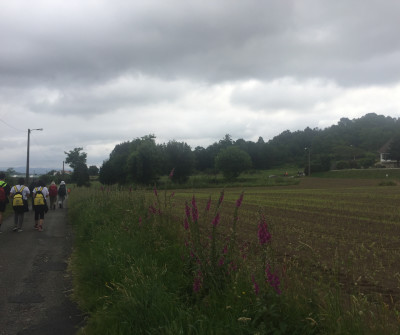
Última etapa del Camino Portugués
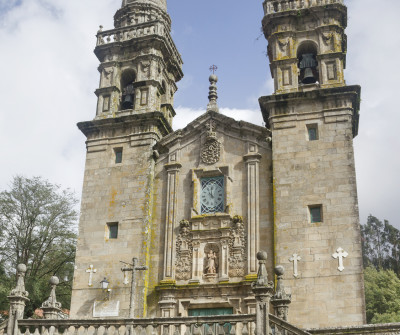
Santuario da Escravitude, en Padrón
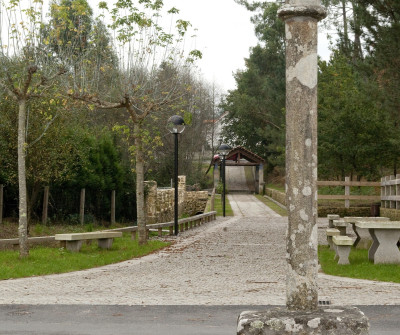
O Reguino, Camino Portugués
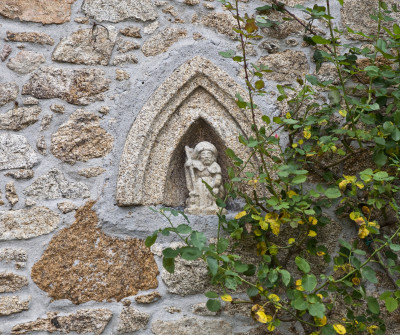
A Grela, punto de paso del Camino Portugués
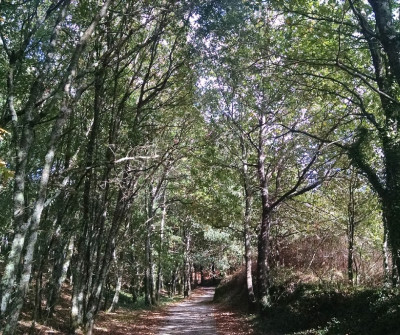
El Camino Portugués en su paso por Milladoiro
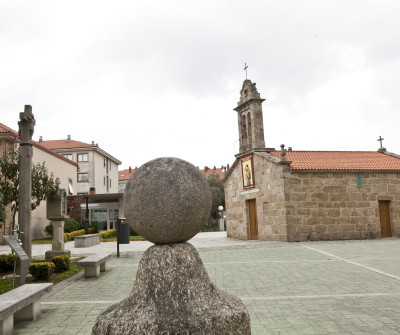
Capela da Madalena en el Camino Portugués
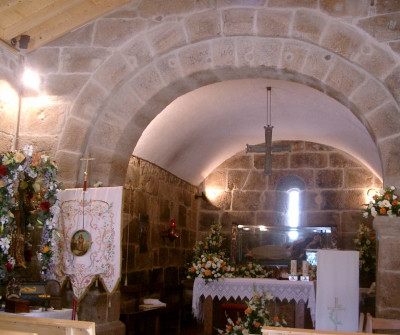
Interior de la Capela da Madalena en el Camino Portugués
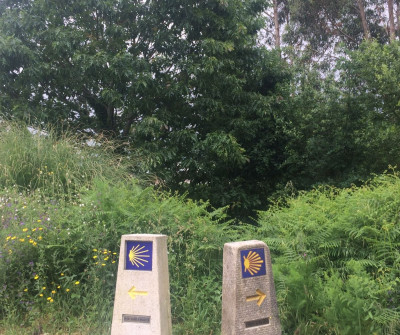
Flechas del Camino Portugués en Conxo
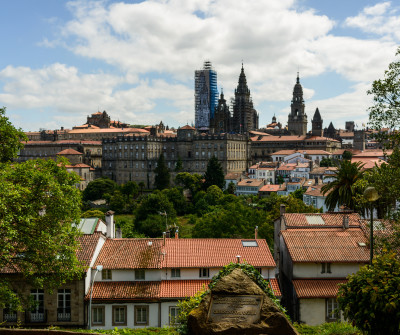


 Filter
Filter